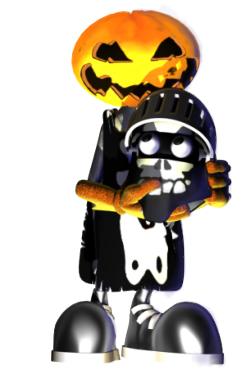Voulez-vous consulter :
- les jeux primés
- les meilleures ventes
- l'index par éditeur
- nos coups de coeur ?

Nous n’avons pas pu trouver le fichier demandé. Vérifiez le lien que vous avez saisi et si l’erreur persiste, contactez-nous.
Pour trouver ce que vous cherchiez, vous pouvez utiliser notre moteur de recherche, revenir à la page précédente ou bien simplement retourner à la page d’accueil.